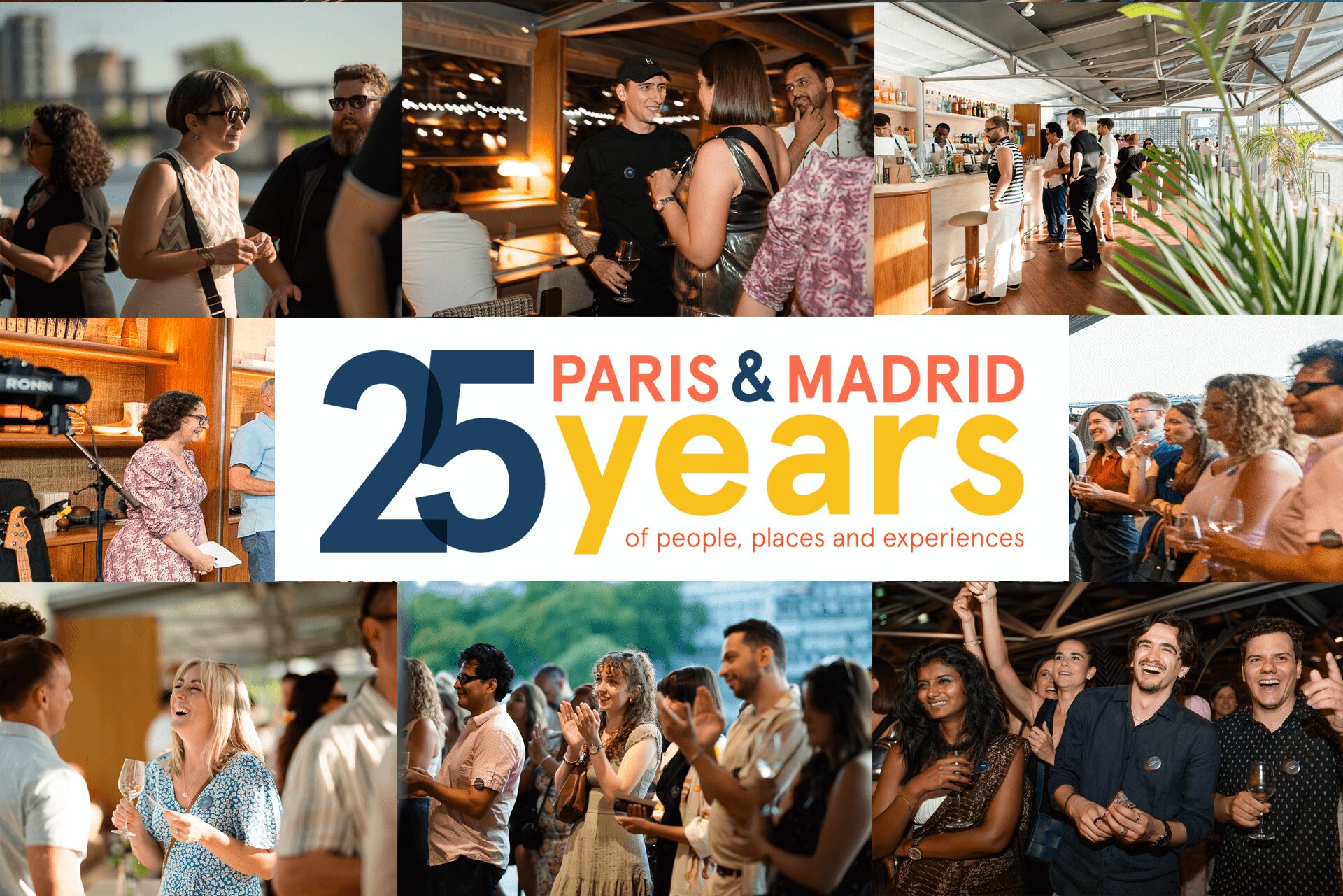Running a heritage building project can be challenging, with many aspects for architects and engineers to consider. Whether it is sourcing rare materials, finding sustainable solutions, or working with local authorities, our knowledgeable and creative colleagues can help guide us through even the most overwhelming challenges.
We asked Hyphen colleagues from around the world to share their top tips:
- Research, research, research.
Georgina Mullen, architect and associate in our Belfast office says: “Before taking on a project of this nature, my advice is to research, research, research! Research the building, constraints, and requirements. Research who can assist to provide the desired outcome and research different techniques and design solutions.”
“A good starting point is to understand the context of the listing”, says Aimee Hooper, architect and associate in Winchester. “Historic England is a good resource here in the UK. By researching the planning history of the building, you should be able to get an insight into the viability of the proposals and potential challenges.”
Gloria Martin, a senior architect in our London team says, “When working on a listed building, I would recommend having a very clear idea of all the elements that have to be protected and to know how to connect the design to them, not only in terms of fixings and construction details but also architectural dialogue.”
- Manage expectations.
“Align client expectations with the reality”, says Laura Vatteroni, architect, and associate in Milan. “Also, try to get in contact with the local authority as soon as possible, to check the permit requirement in terms of information to submit, and timeline for approval.”
Eric Ruiz, mechanical engineer in our Latin American team says, “Be honest with the client about what is feasible and what is not and work with them to identify bespoke solutions that fulfil their brand objectives and preserve the protected elements of the building.”
“Also, let your client know about the difficulties in obtaining approval on a design approach that could have a big visual impact, for example, the façade”, says Carole Netzer, Hyphen director in Paris.
As well as client expectations, architects and engineers also need to be conscious of what is required from the landlord or local heritage organisation.
Gloria says, “In Battersea Power Station, for example, the landlord wanted to preserve the industrial look that characterises the building and for that we had to be very careful with the protected elements that were also giving this look. These were the tiles, blockwork, concrete foundations and metal structure, so we exposed these elements as much as possible and incorporated them into our design. In fact, we ended up adding a few blockwork walls that celebrated this look.”
Carole says, “Make sure you always receive written confirmation from a heritage architect for the design pre-approval and don’t hesitate to challenge them”.
- Don’t change features unnecessarily.
“You need to be sympathetic to what is being changed and why”, says Rachel McCurry, architect in our Belfast office. “Don’t change elements of the building just for the sake of changing them. Be considerate of why they are there in the first place.”
- Find sustainable solutions.
Eva Diego, director in Madrid says, “Contingencies in these types of buildings need to be higher due to unknown conditions at the time of design development. Circular construction applies, and I find there is a wholly unexplored territory of upcycling debris and integrating this into the next projects.”
- Minimise the risk.
Eva says, “You have the opportunity to learn both the complexities of permitting in this type of building, and more traditional construction methods, but you need to minimise the risk. Refer to an experienced architect or engineer for guidance – and peer review if you require it.”
- Communicate with your team.
Aimee says, “Speak to your very knowledgeable colleagues! They will be able to guide you through the process.”
“There is usually more than one solution to a problem”, says Georgina and Rachel, “so consult with your whole team for a range of solutions, including colleagues, clients, consultants and collaborators.”
Find out more about how Hyphen can support you on your next heritage project: http://hyphen.archi/work/
#Detailmatters


